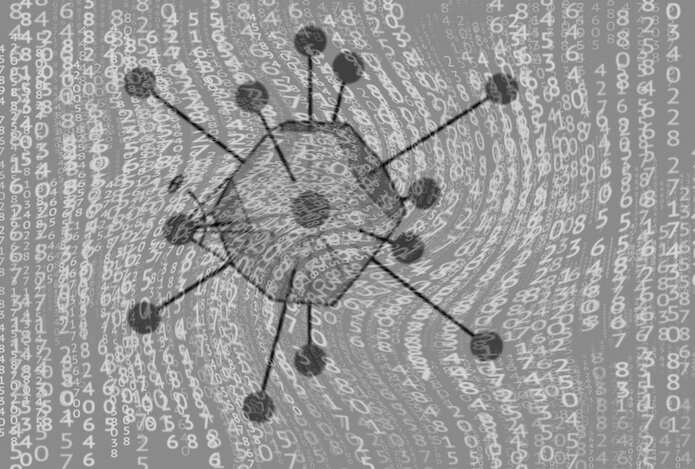Order up! AI finds the right material

Engineers are always looking for materials with very specific properties for their projects. Unfortunately, there are way too many options for researchers to simply guess-and-check until they find what they're looking for. Even if they were to simulate materials, instead of testing them in the lab, it would take far too long to find a suitable material.
Luckily, researchers have created algorithms using artificial intelligence that will find the right material for any project. In a recently published paper, a team of Carnegie Mellon University and University of Calgary researchers have improved on one of these algorithms, allowing researchers to find materials with desired properties quickly and accurately.
"Since the space of materials is so huge, it is very difficult to experimentally and computationally characterize the material properties," said Amir Barati Farimani, an assistant professor of mechanical engineering at CMU. "So we're creating algorithms, or models, that can rapidly predict the material properties."
To use artificial intelligence, or AI, researchers must first train the algorithm using known data. Then, the algorithm learns to extrapolate new ideas from that information. Barati Farimani and his team trained the algorithm with data about the chemical makeup of materials. In particular, they included information about the role electrons play in determining material properties. This chemical data has created a new material descriptor for the algorithm, according to Barati Farimani.
Since this algorithm can predict the properties of a large range of materials, it has many applications. For example, the algorithm could find a material with thermal properties suited for solar panels. Additionally, it could identify materials for making drugs and batteries. To use this algorithm, a researcher can simply have the pre-trained deep learning models find the property they are looking at.
The way these algorithms are improved is by becoming faster and more accurate. If the algorithm isn't accurate enough, the results will be unusable. If the algorithm is too slow, researchers will never be able to access the results. Currently, the team has found that their algorithm is better than other leading algorithms.
"You can use this algorithm and train a deep learning model and predict them in a fraction of second," Barati Farimani said. "The essence is to prove that it's predicting for different kinds of materials with high accuracy—then every industry can use it."
Their paper was published in Physical Review Materials. CMU post-doctoral scholar Mohammadreza Karamad, Ph.D. student Rishikesh Magar, and researcher Yuting Shi were also listed as co-authors. Other authors include Samira Siahrostami and Ian D. Gates from the University of Calgary.
More information: Mohammadreza Karamad et al. Orbital graph convolutional neural network for material property prediction, Physical Review Materials (2020). DOI: 10.1103/PhysRevMaterials.4.093801





















